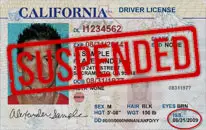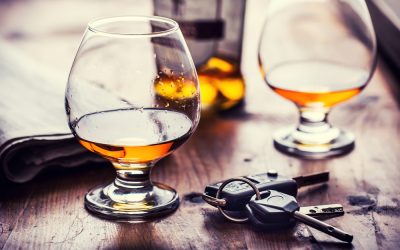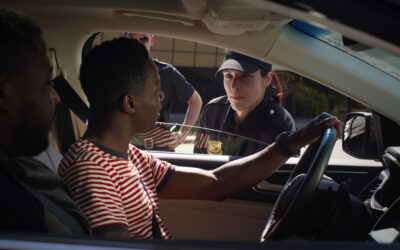In California, most DUI cases relating to alcohol rather than drugs will involve a breath test. The breath test is a fast, inexpensive way for police to confirm your approximate blood alcohol concentration (BAC). If your BAC is .08% or higher, you are in violation of the law.
However, these devices need to be calibrated and maintained properly. Title 17 of the California Code of Regulations sets down three main requirements for all breath test equipment:
- The test must be conducted on a device that was approved by the state of California
- The test must be calibrated every 10 days, or every 150 uses, whichever comes first
- Law enforcement must maintain detailed records of all testing and calibration
Testing the breath equipment is typically done by blowing “dry air” with a fixed alcohol concentration into the device. The device can then be checked to see if it gives the right result.
Calibrating the equipment is a process that varies depending on the make and model of the equipment. It is designed to “zero out” the device so that the results are as accurate as possible.
How do the calibration requirements affect my DUI case?
The rules above mean that you can challenge the breath test results if:
- The device hadn’t been calibrated for more than 10 days before your test,
- The device was calibrated in the last 10 days, but used 150 or more times before your test,
- The device is not on the list of approved devices in California, or
- There is no clear record about one or more of the above factors
If these procedures were broken, it doesn’t prove you were sober. But it does suggest that the test may have been inaccurate. In some cases, this could be enough to get the breath test evidence thrown out—which makes it much harder to convict you.
Have you been charged with DUI? We can connect you with an experienced Los Angeles DUI lawyer and get you a FREE consultation. Fill out the form to the right or call (310) 896-2724 and get your free consultation today.






